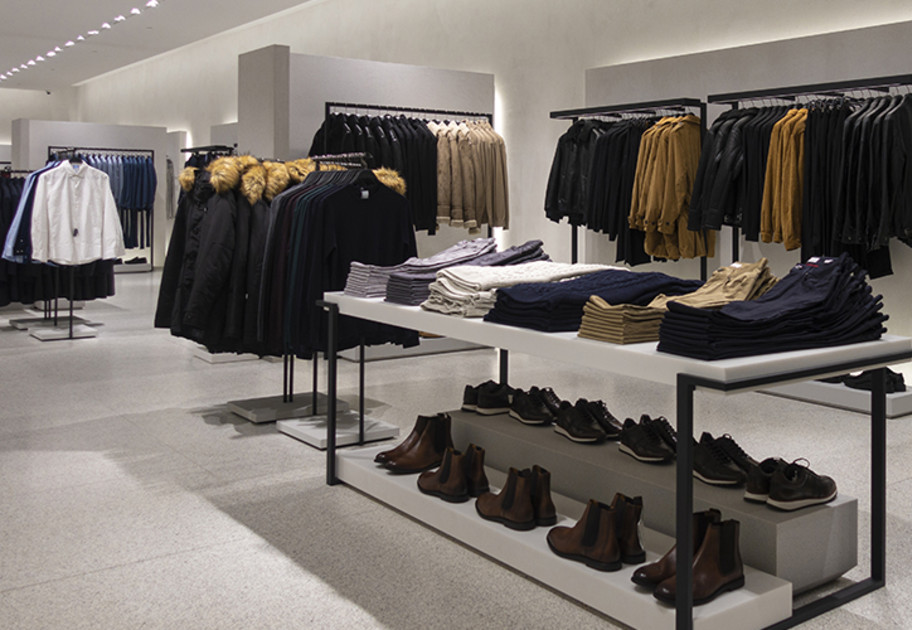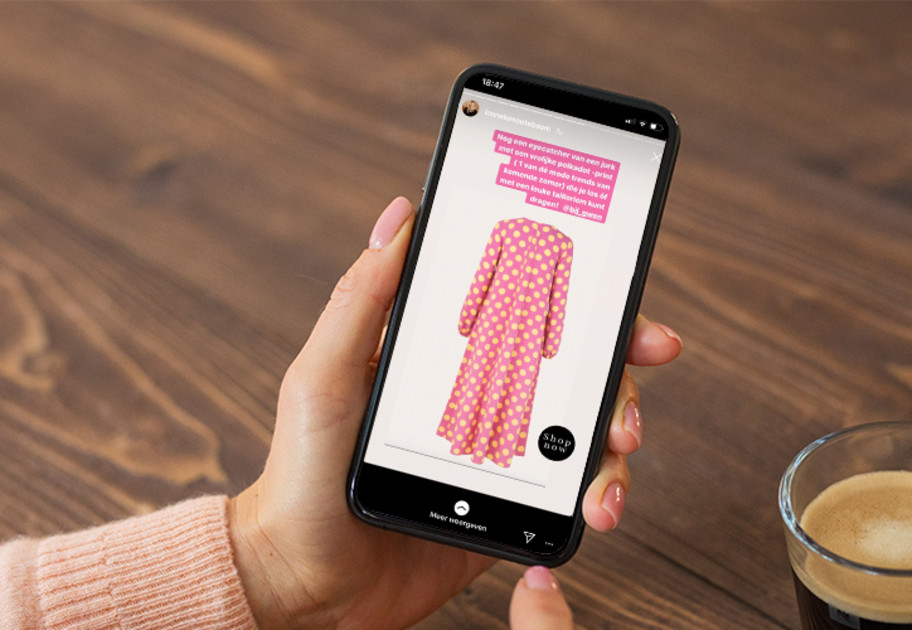3. Have shop assistants give remote advice
Many store employees are normally not allowed to use the internet during working hours. But now is the time to celebrate the reins in this area. As mentioned above, it is a lot more difficult for consumers to get a complete picture of the product via the laptop or smartphone than in a physical store. Dimensions, fits, technical specifications all properties
For example, offer the possibility to give purchase advice via video chat via Instagram or Facebook. In many cases, staff will have more experience with this than the average manager in the office. Of course it does not hurt to give a few basic rules in terms of addressing and language.
4. Pay attention to new online buyers
Also people who normally prefer to go to a physical store will now buy more online. Among them, there will also be plenty who barely order online. This is largely due to uncertainty. This can be, as mentioned above, uncertainty about the product itself, but also about everything that is going on around an online purchase. How much does it cost to have the product delivered at home? How can I pay? Is my data secure? How can I return the order? Which shipper does this shop use? All questions to which the answer is likely to be found somewhere on the site. But it is important for this group that all these fears, uncertainties and doubts are removed. So make sure that the delivery, payment and return process is really visible and clearly explained on the site. One way to convince this group is to give an old-fashioned discount. A 10% discount combined with free shipping when someone first places an online order works wonders.
5. Review your online proposition
Now that the turnover for many retailers has largely shifted to online, it is also time to take a closer look at the total online proposition. Where as a retailer you previously got away with a lesser online proposition because the turnover nevertheless came through the stores, you are now in fact acting on a market of Pure players. Multi-brand retailers in particular will have to take a good look at how competitive they actually are. Recent research by Kega showed that the differences between online providers, including omnichannel retailers, are very large.
These differences were not only in the price of a product but also, for example, in shipping and return costs, shipping and return period and payment options. It was often more attractive for consumers to order a product from one of the major platforms than from the brand or the retailer. Single brand retailers also need to take a good look at their proposition. The competition offers similar products and is just a click away. Also do not assume that your loyal, regular customer does not know the ease of ordering from Wehkamp, Bol.com, Amazon or Coolblue.
Even without looking at the competition, it might be wise to adjust your proposition anyway. For example, by extending the return period to 120 or 365 days, you will prevent even more pressure on the e-commerce organization in the short term.
Do you want to spar on this article to optimally use your omnichannel organization at the moment? Then we would be happy to help you, please contact Stefan de Jong.
.png?width=641&height=253&name=Kega%20logo%20(white%20bg).png)


